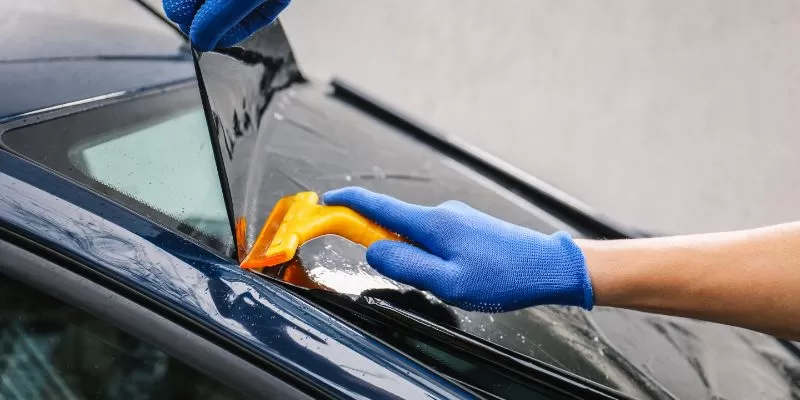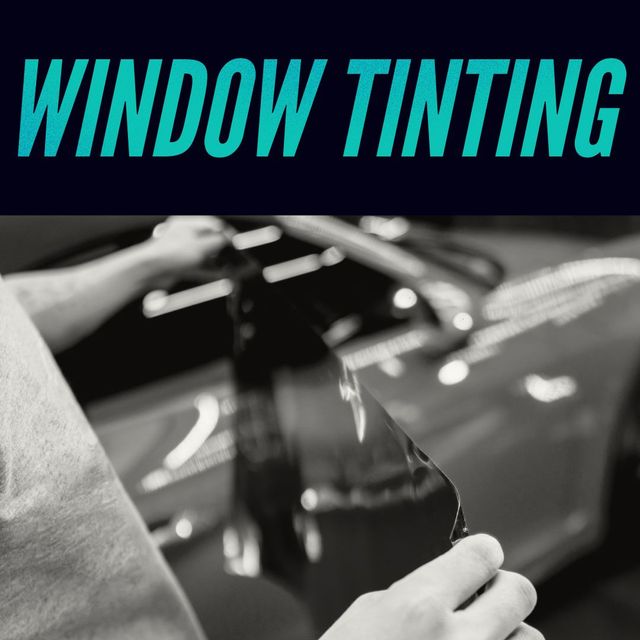Home Window Tinting Laws and Standards: What You Need to Know Before Tinting Your Car
Prior to proceeding with window tinting for your car, it is essential to acquaint yourself with the diverse legislations and standards that control this practice across different states. These policies determine the acceptable degrees of color darkness, often measured by visible light transmission (VLT) percents, and include details specifications for front windscreens aimed at making certain roadway security.
Overview of Window Tinting Laws
Window tinting laws are regularly subject to variant across various jurisdictions, mirroring regional regulations and safety and security factors to consider. These laws dictate the permitted degrees of color darkness and reflectiveness on car windows, guaranteeing that vehicle drivers maintain sufficient exposure while also shielding versus hazardous UV rays and heat.
Many laws classify window tinting based on the Visible Light Transmission (VLT) portion, which suggests the quantity of light that can pass through the home window. Typically, reduced VLT percents indicate darker tints. Legislations typically set apart between the front, side, and rear home windows, with stricter restrictions related to the front windshield to boost safety for both the motorist and various other road customers.
Furthermore, some territories impose constraints on the reflectivity of the tint, avoiding extreme glare that might harm exposure. Exemptions to these legislations may exist for people with specific medical problems calling for extra sun security. Compliance with window tinting policies is vital, as offenses can result in fines, compulsory elimination of the tint, and prospective rises in insurance premiums. It is essential for lorry proprietors to acquaint themselves with regional legislations prior to proceeding with window tinting installations.
State-by-State Color Regulations
Understanding the certain home window tinting guidelines in each state is vital for lorry owners seeking to abide by the legislation. Each state in the U.S. has established its very own collection of policies regulating window tinting, which can differ substantially. These policies often determine the permitted degrees of tint darkness, the sorts of windows that can be tinted, and any kind of medical exceptions that may apply.
For circumstances, states like California have rigorous restrictions on color darkness for front home windows, while others, such as New Mexico, might enable darker colors. In addition, particular states mandate certain presence percents for numerous home windows, including the windshield, front side windows, and rear home windows. It is important for automobile proprietors to acquaint themselves with their state's legislations to avoid potential fines or fines.
Moreover, some states might call for a qualification sticker to be put on colored windows, suggesting compliance with state laws. Failing to adhere to these guidelines not just runs the risk of lawful consequences however can also impact security and presence while driving. As a result, lorry proprietors should perform thorough study or seek advice from local authorities to make certain full understanding and compliance with state-by-state color laws.
Allowed Tint Degrees and Types
Many vehicle proprietors may be shocked to find out that allowed color levels and kinds vary widely across various states. Each state has actually developed its own policies regarding the permitted darkness and reflectivity of window tint, commonly determined by Visible Light Transmission (VLT) percentages. VLT refers to the quantity of light that can travel through the colored windows; therefore, a lower percent suggests a darker color.

In addition, the types of tint materials allowed can differ, with some states prohibiting mirror-like or metallic coatings. It is vital for vehicle proprietors to acquaint themselves with their state's certain regulations to make sure compliance. Non-compliance can cause fines, obligatory elimination of the color, or various other legal repercussions, making it vital to recognize these guidelines prior to waging installation.
Medical Exceptions for Tinting
While not all states provide allocations for medical exemptions pertaining to window tinting, those that do recognize the necessity for particular individuals to enhance exposure and convenience due to medical problems. Numerous clinical conditions, such as lupus, skin cancer, and certain eye conditions, can render people particularly sensitive to sunshine. As a result, these individuals might need darker tints to secure themselves from unsafe UV rays and glare.

It is necessary to note discover here that also with a medical exception, there might still be restrictions on the degree of tint permitted. Compliance with state regulations guarantees that people are both secured and within lawful limitations. Those taking into consideration medical exemptions must call their local Division of Motor Automobiles or equal authority to comprehend the procedures and requirements required to obtain an exemption successfully.
Penalties for Non-Compliance
Stopping working to comply with home window tinting laws can cause substantial fines, which differ by state. Regulation enforcement agencies are equipped to release citations for cars that do not comply with the specified tinting policies. These charges normally include fines, which can range from modest amounts to a number of hundred bucks, depending on the severity of the offense and the state concerned.
In some territories, duplicated offenses may lead to rising penalties or additional fines, such as obligatory court appearances. Moreover, non-compliance might require the elimination of illegal tinting, frequently at the owner's cost. In extreme situations, habitual offenders may encounter suspension of their lorry registration till conformity is attained.
Furthermore, insurance coverage implications might emerge from getting numerous citations for window tint offenses. Insurance companies may watch such infractions as an indicator of riskier habits, possibly resulting in boosted premiums or difficulty in coverage.
To avoid these fines, it is crucial for car proprietors to acquaint themselves with their local window tinting laws and make sure that their car complies (Window Tinting). This aggressive technique not only avoids legal ramifications but likewise promotes road safety
Final Thought

Many laws classify home window tinting based on the Visible Light Transmission (VLT) portion, which suggests the quantity of light that can pass with the home window. Compliance with window tinting guidelines is crucial, as violations can result in fines, required removal of the tint, and prospective increases in insurance policy premiums.Comprehending the specific window tinting guidelines in each state is essential for car proprietors seeking to conform with the law. These laws have a peek here commonly determine the permitted degrees of color darkness, the kinds of home windows that can be tinted, and any kind of medical exemptions that may apply.
For instance, states like The golden state have rigid restrictions on color darkness for front windows, while others, such as New Mexico, may enable darker tints.
Comments on “Just How Automobile Window Tinting Safeguards Your Lorry's Interior”